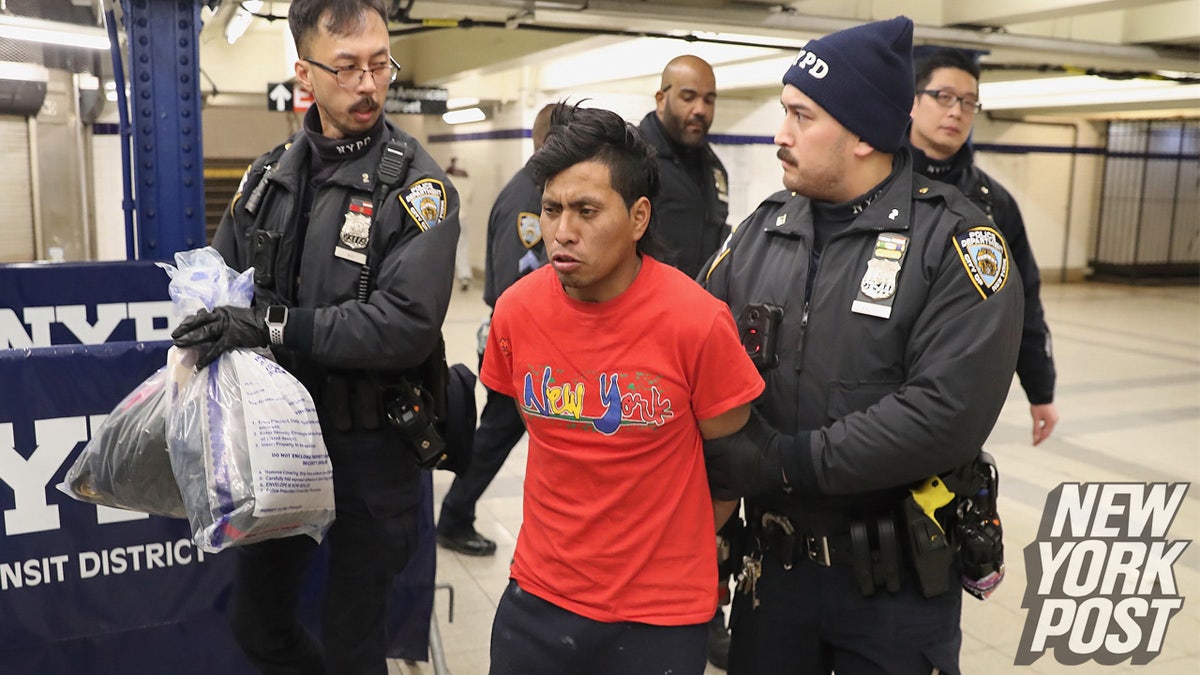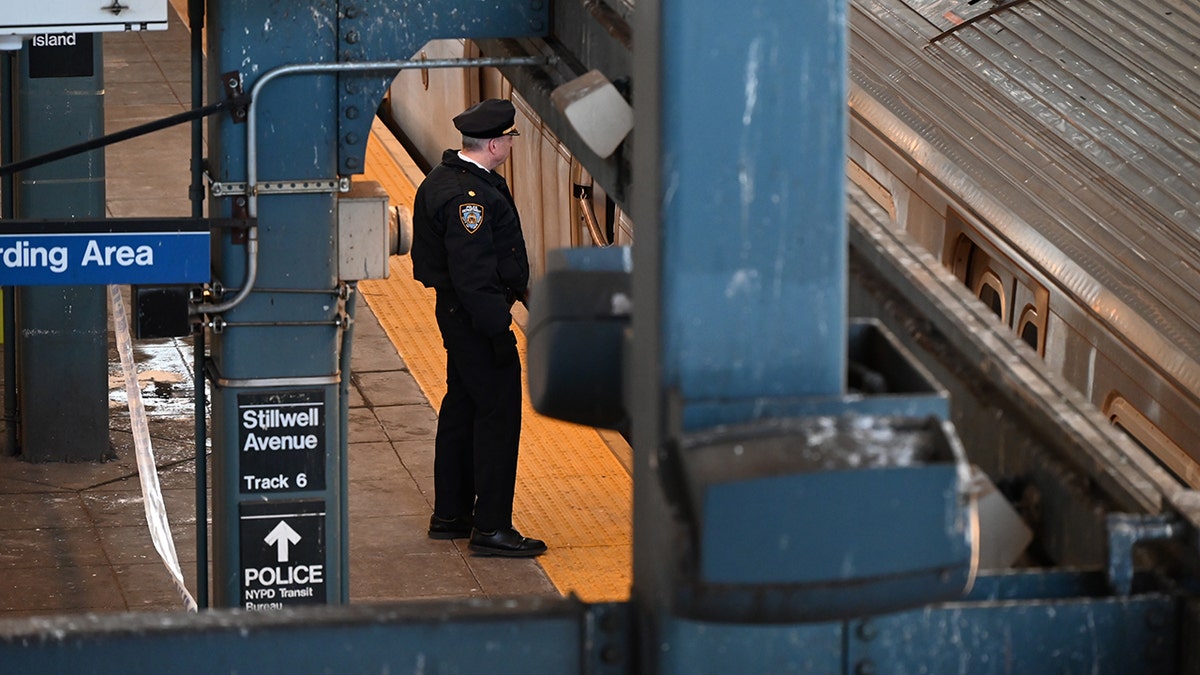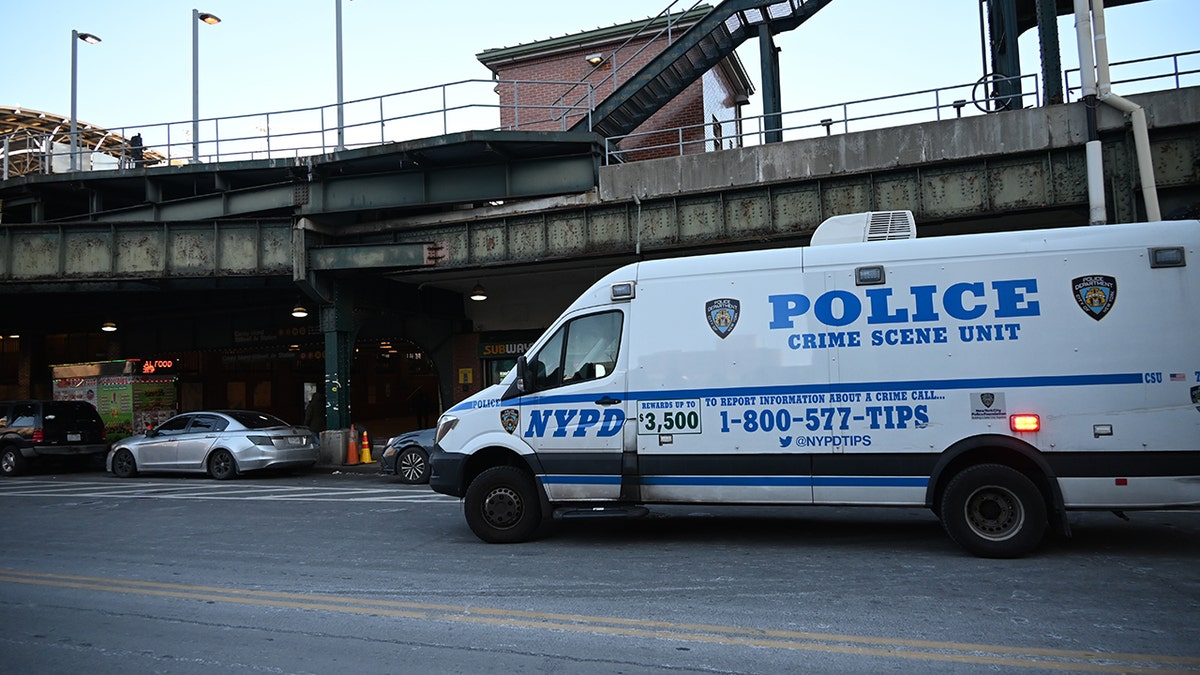A horrific incident on a Brooklyn subway has reignited debate surrounding sanctuary city policies and immigration enforcement. On Sunday, a woman was tragically killed after being set on fire aboard a stationary F train at the Coney Island-Stillwell Avenue station. The suspect, identified as 33-year-old Sebastian Zapeta, was apprehended shortly after the attack. Law enforcement officials have confirmed that Zapeta is a Guatemalan national who had been previously deported in 2018 following illegal entry into Arizona. He later re-entered the U.S. illegally.

This tragedy has fueled calls for a reevaluation of New York City's sanctuary city policies, which critics argue provide a haven for individuals who have committed crimes, even after being deported. These policies, implemented during the de Blasio administration, generally prohibit local law enforcement from cooperating with federal immigration authorities. The New York Post editorial board condemned the policies, arguing they create an environment where individuals like Zapeta can operate without fear of repercussions.
Surveillance footage of the attack shows Zapeta approaching the seated woman, who appeared to be motionless, possibly asleep, and igniting her clothing with what police believe was a lighter. He then remained at the scene, sitting on a nearby bench as authorities extinguished the flames. The victim was pronounced dead at the scene. Zapeta was apprehended on the same subway line later that day, with a lighter found in his possession.

New York City Mayor Eric Adams recently addressed the city's sanctuary policies, emphasizing the need to hold violent criminals accountable and prevent their return to the streets. He has expressed willingness to collaborate with federal authorities to deport individuals who pose a threat to public safety, a move that has drawn criticism from some city leaders. Adams' stance comes amid a reported decrease in migrant arrivals to New York City in recent weeks, allowing for the closure of some migrant shelters, despite the city having received over 225,000 migrants since 2022.

This incident underscores the complex challenges faced by cities grappling with immigration, crime, and public safety. The debate over sanctuary city policies and their impact on communities is likely to continue in the wake of this tragedy.
Comments(0)
Top Comments